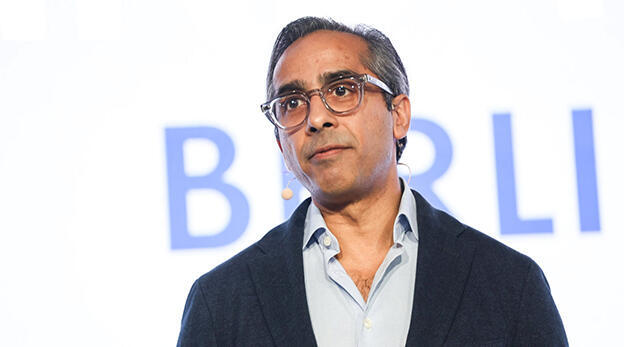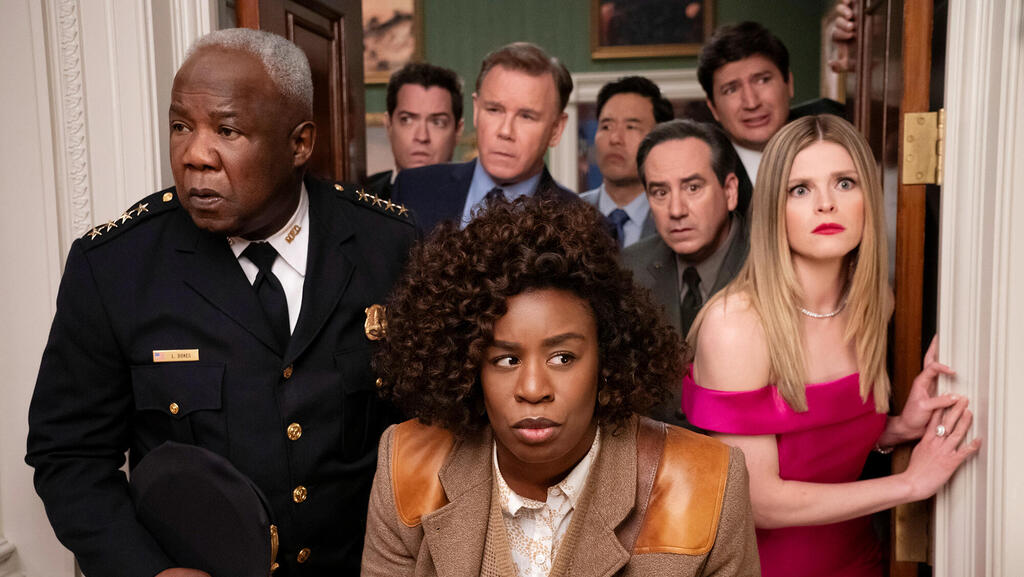
Netflix’s blockbuster quarter reveals 5 surprises about its streaming strategy
From AI-generated scenes and surprise cancellations to the hidden power of live shows and global hits, here’s what Netflix’s latest results really mean.
If anyone had any doubts that Netflix is still the king of streaming, its latest quarterly report laid those doubts to rest. Even in an era of fierce competition, Netflix continues to grow at a healthy pace: revenue rose 15.9% to $11.08 billion, net profit jumped 46% to $3.12 billion, and the company expects this upward trend to continue and even strengthen in the third quarter. But the raw numbers tell only part of the story. Here are five interesting insights from Netflix’s quarterly report, the executives’ discussion with analysts, and its semi-annual viewing data.
1. Deep AI in Production
When OpenAI unveiled its Sora video model in February 2024, some predicted it would gradually disrupt the film and TV industry, first in planning and storyboarding, then in special effects, and eventually in scenes or even entire productions. By last September, it was reported that major Hollywood studios had begun experimenting with AI in pre-production, mainly for planning, visualization, and rough demo scenes.
Netflix, true to form, is already a step ahead. Speaking to analysts last week, co-CEO Ted Sarandos revealed that the Argentine series The Eternaut, which debuted earlier this year, is the first Netflix show to feature a scene created entirely by AI, depicting a building collapsing in Buenos Aires.
“Without AI, the effects wouldn’t have been worth the cost for a production of this scale,” Sarandos said. “In fact, the effects were completed ten times faster than with traditional CGI tools. These tools help creators expand what’s possible on screen, and that’s endlessly exciting.”
Netflix had already used AI for more limited effects, like digitally de-aging Robert De Niro, and other studios have done the same. But for a major production to render an entire scene purely with AI is groundbreaking. Until Sarandos revealed it, none of the show’s 29 million viewers had noticed it was AI-generated, proof of how mature the technology has become in just a short time.
Expect Netflix to push further: other upcoming productions may use AI in similar ways. This move will likely give other studios permission to follow suit. Visual effects artists who haven’t yet adapted should update their résumés, and actors may have reason to feel uneasy: they could be next.
2. Where’s the Merchandise?
In recent weeks, Netflix canceled several high-profile series, including The Pulse, The Residence, and The Recruit, all among Netflix’s 40 most-watched shows in the first half of 2025. The Residence, for example, stood out with a star-studded cast and an Emmy nomination for Uzo Aduba as the eccentric detective investigating a murder in the White House. It climbed to 23rd place, with 33.3 million views.
Meanwhile, much less popular series survived. For example, With Love, Meghan, ranked 383rd with just 5.3 million views, was renewed for a second season. By comparison, more people watched the 2020 miniseries The Queen’s Gambit, which ranked higher at 371st.
Why? Because Netflix uses much more sophisticated metrics than simple viewership to decide renewals. At the most basic level, it’s about cost vs. benefit: does a show’s audience justify its production cost? The Residence had very high production costs, including filming in multiple countries. In contrast, With Love, Meghan is a low-cost lifestyle series, apart from the Duchess’s paycheck.
Another key factor is audience type. What matters most is how many subscriptions a show generates, not just how many people watch it. A series that attracts an audience likely to pay for subscriptions has better odds of renewal than one that merely trends on social media. Netflix also considers merchandising potential, spin-offs, costumes, or other branded products. A cultural hit like Squid Game ticks all those boxes.
3. Not Just English
English still dominates Netflix’s biggest hits, but its hold is far from absolute. An analysis of the viewing report, done with the help of ChatGPT, showed that 32% of all viewing hours go to non-English-language content. And it’s not just niche fare: among the 100 most popular titles, 35% of viewing hours came from non-English shows, thanks largely to Squid Game seasons 2 and 3, which ranked second and third overall. The top spot went to the British miniseries Adolescence, which reached 144.8 million views.
Netflix has made it a mission to reach the widest possible international audience, in viewers’ native languages, with local productions. The result? Content once seen as “local” is now becoming global cultural phenomena.
4. Licensed Hits Still Matter
Since 2018’s House of Cards, Netflix has poured massive resources into original productions, and it’s paid off with hits beloved by audiences and critics alike, and racks of Emmy trophies. These originals frequently top the platform’s most-watched charts.
Still, licensed shows and films remain a huge part of Netflix’s appeal. The latest figures show that third-party content accounts for nearly half of all viewing hours: 46.6 billion hours compared to 47.2 billion for originals. For movies, the gap is even wider: 15.2 billion hours for licensed films versus 8.9 billion for originals, nearly two-thirds of total movie viewing.
Originals may headline Netflix’s strategy, but licensed content fills the catalog’s depth and keeps viewers coming back. Building a library to rival Hollywood’s century-old studios simply takes more time, and Netflix knows it.
5. Live Streaming Finds Its Place
A quick glance at the viewership report might suggest Netflix’s live shows, like WWE events or John Mulaney’s talk show, are duds. They don’t even crack the top 800 titles. But unlike regular shows, each live event is counted separately. Once you add them up, a different picture emerges: WWE’s 134 live broadcasts amassed 130.4 million views, second only to Adolescence, and racked up 292.3 million viewing hours. John Mulaney’s talk show drew 6.1 million views across 12 episodes, more modest, but significant for a low-cost format.
Live programming has clear advantages for Netflix: WWE costs nothing beyond the broadcast rights, and talk shows are much cheaper than scripted dramas or reality competitions. Both help Netflix reach audiences with different habits and tastes. It’s early days for Netflix’s live experiments, but so far, they’re paying off.















